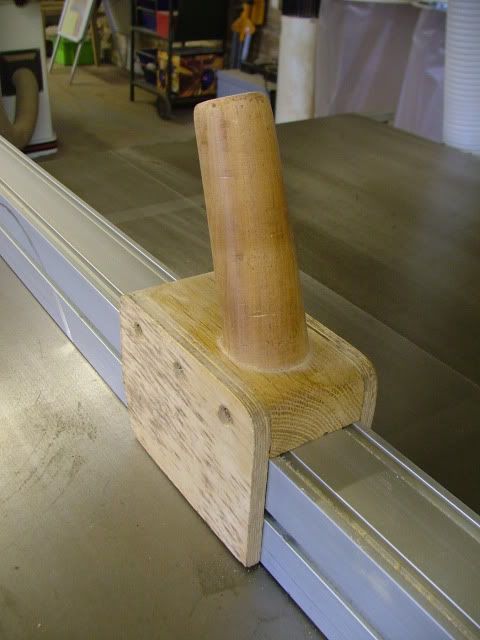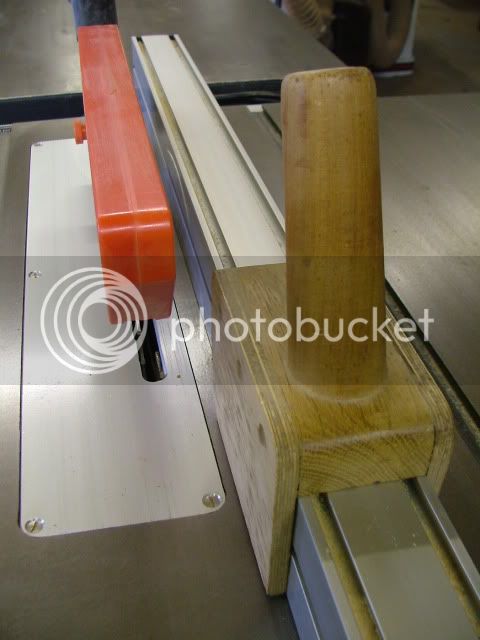trojan62
Established Member
hi all,
this is my take of the rip snorter adjustable push block, where you can find all the details on http://lumberjocks.com/projects/71503, it was made by dewayne peck and is obviously a variant of the GRRipper push block system that they all rave about in the states.
its pretty straight forward to make and does work surprisingly well.
its the only push block i think ill be needing from now on in.
note: the only drawback with this and of course the GRRipper is that as you push through the blade, your wrist is above the blade
as you go through, but as in all actions around the table saw, you just have to be carefull and concentrate on what your doing.
i for one find it excellent, thanks dewayne.
cheers
chris.......
this is my take of the rip snorter adjustable push block, where you can find all the details on http://lumberjocks.com/projects/71503, it was made by dewayne peck and is obviously a variant of the GRRipper push block system that they all rave about in the states.
its pretty straight forward to make and does work surprisingly well.
its the only push block i think ill be needing from now on in.
note: the only drawback with this and of course the GRRipper is that as you push through the blade, your wrist is above the blade
as you go through, but as in all actions around the table saw, you just have to be carefull and concentrate on what your doing.
i for one find it excellent, thanks dewayne.
cheers
chris.......









































